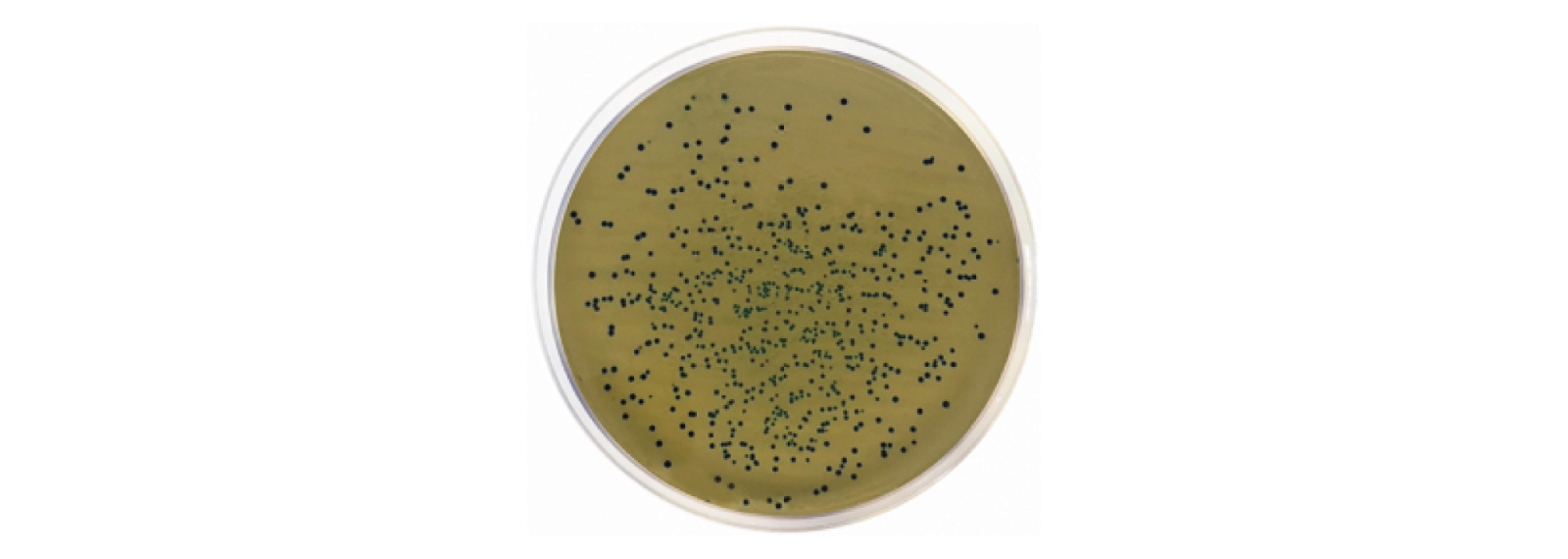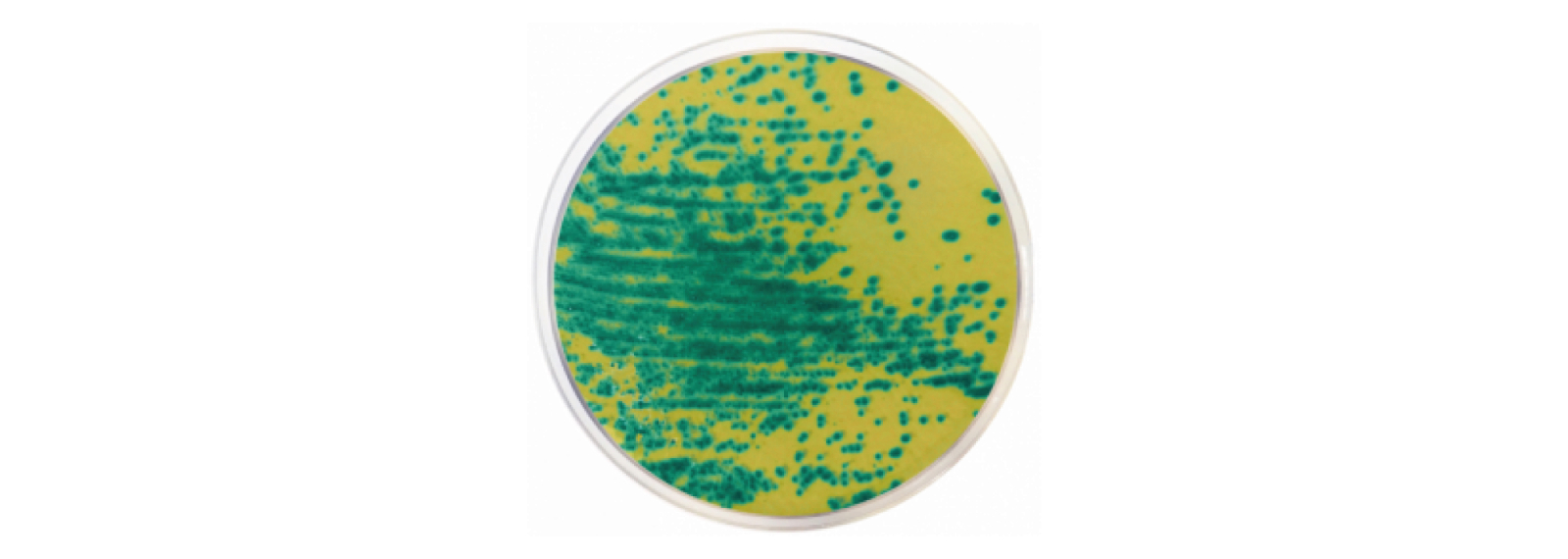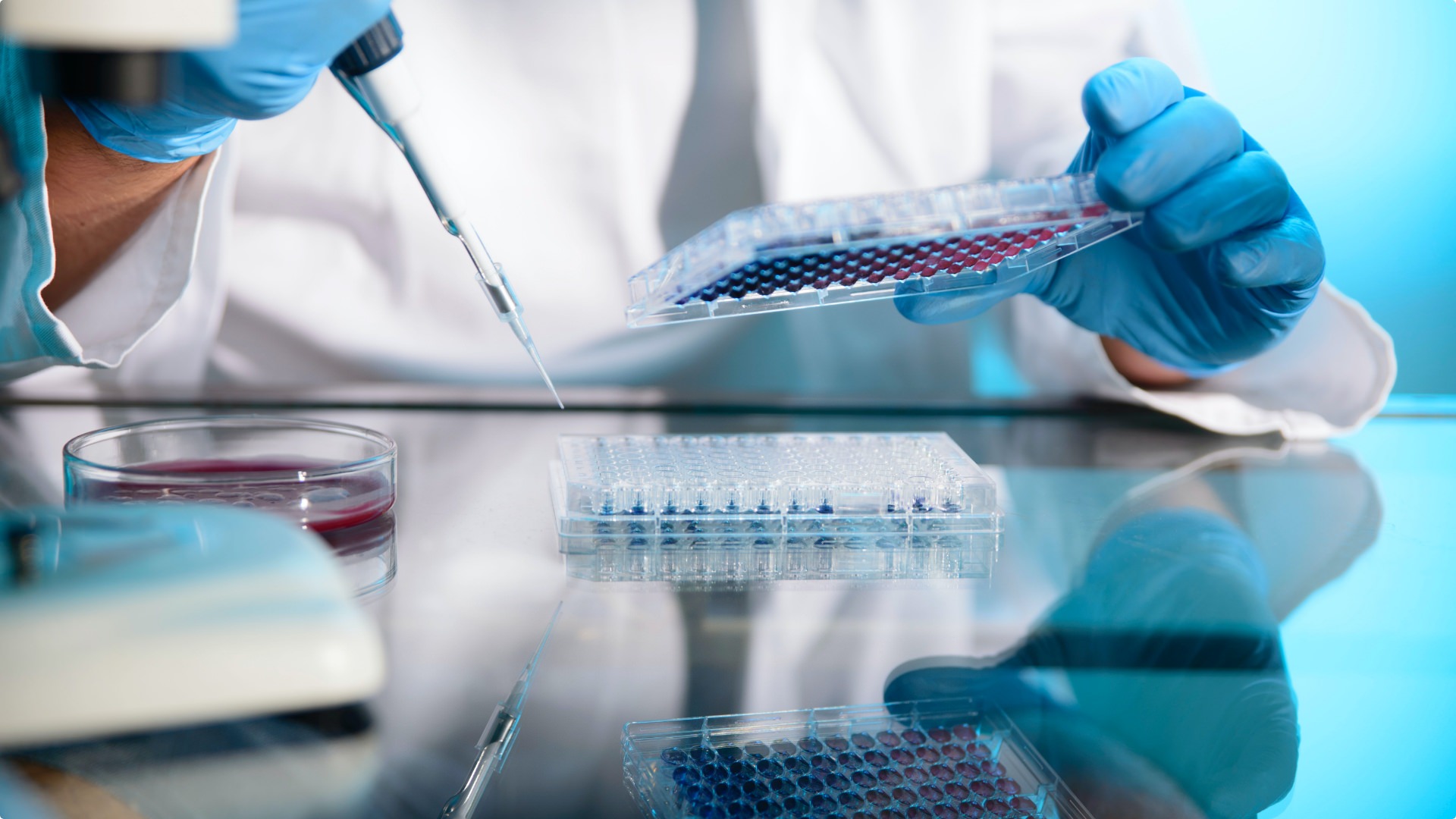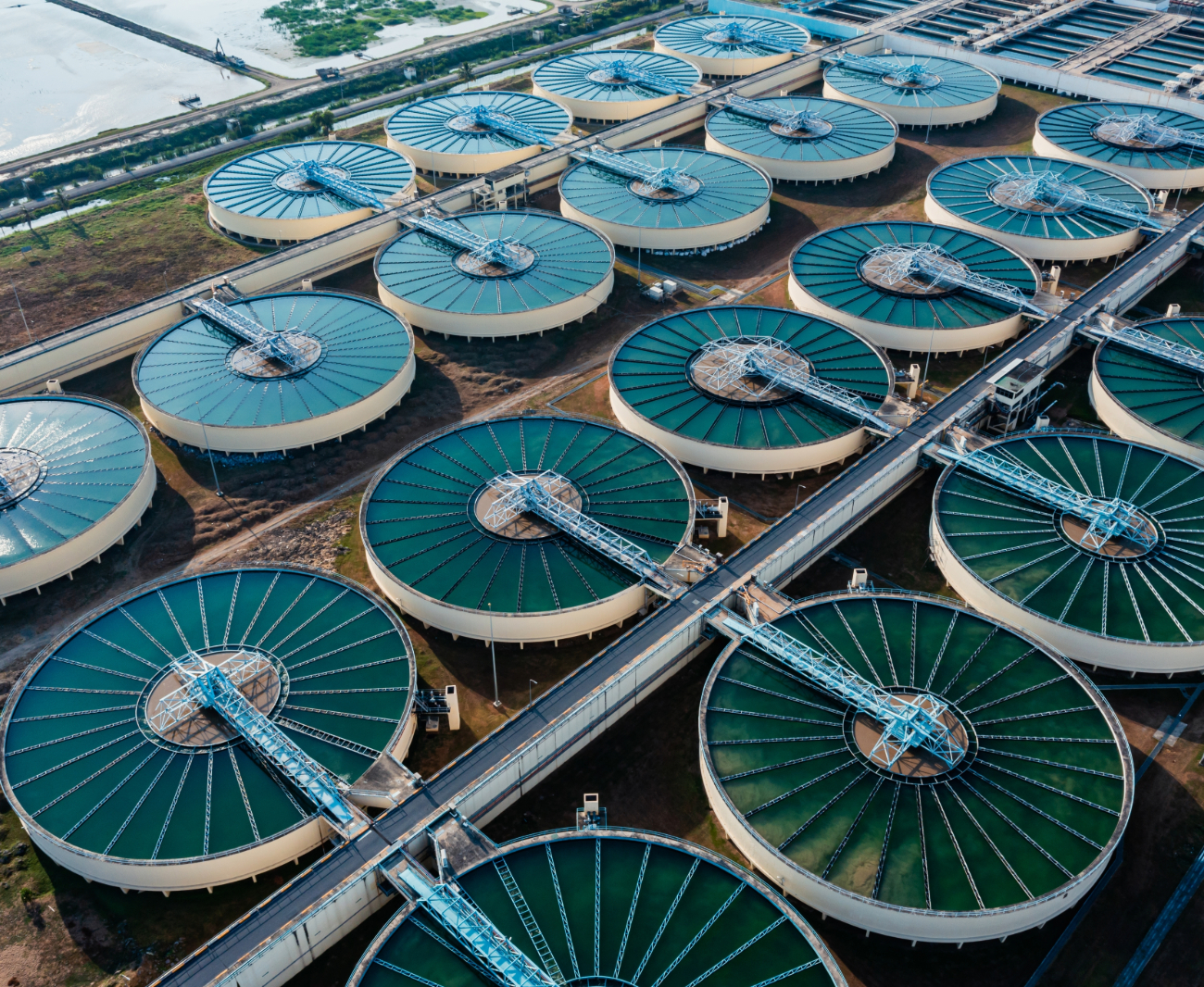Microbial risks in drinking water: Enterococcus
When purchasing a bottle of water, consumers typically do not expect it to be contaminated with harmful microorganisms. This expectation is upheld by the quality assurance systems that drinking water undergoes before reaching the consumer.
Among the microorganisms that are of particular concern in these products are Enterococcus.
What we know and what we don’t know about Enterococci
Enterococci are Gram-positive, non-spore-forming organisms known for their robust survival capabilities. They thrive optimally at temperatures between 35-37ºC but can endure temperatures ranging from 10-45ºC, as well as a wide variety of pH levels, desiccation, and even direct sunlight.
Due to these metabolic traits, enterococci can survive in hostile environments, such as the human gastrointestinal tract, leading to potentially serious health issues like bacteremia and urinary tract infections. Furthermore, their increasing adaptability has enabled them to acquire new forms of antibiotic resistance, thus enhancing their clinical significance.

Recent the resistance of various enterococci suggest that 10% of E. faecalis strains are resistant to vancomycin, while a significant 80% of E. faecium strains exhibit resistance to this antibiotic. Together, these two strains account for 75% of all enterococcus infections, and one of the primary transmission routes in the industry is through drinking water.
Detection of Enterococcus
This route of transmission has underscored the necessity for monitoring enterococcus populations in water. Consequently, a reference method for quantifying these pathogens has been established, leading to the creation of ISO 7889. Condalab provides all the media necessary for compliance with this regulation.
However, the standard method involves a lengthy protocol with multiple phases, which highlights the usefulness of alternative detection methods. In response to market demands, Condalab offers chromogenic culture media for the detection of enterococci. These media enable faster detection compared to the standard ISO method, are more cost-effective than genetic testing, and provide high sensitivity, selectivity, and specificity.
CONDACHROME®
Our extensive range of chromogenic culture media includes three products specifically for the detection of enterococci:
- M-EI Chromogenic Agar Base: This medium allows for the detection and enumeration of enterococci through single-step membrane filtration, resulting in colonies that appear blue. It effectively inhibits the growth of Gram-negative bacteria and other Gram-positive organisms. Additionally, incubating at 41ºC enhances the selectivity of the medium, with results available after 24 hours.

Modified m-EI Chromogenic Agar Base: This medium distinguishes between E. faecalis and E. faecium, with colonies appearing greenish and deep blue, respectively. Incubation is conducted at 41ºC for a duration of 18 to 24 hours.






